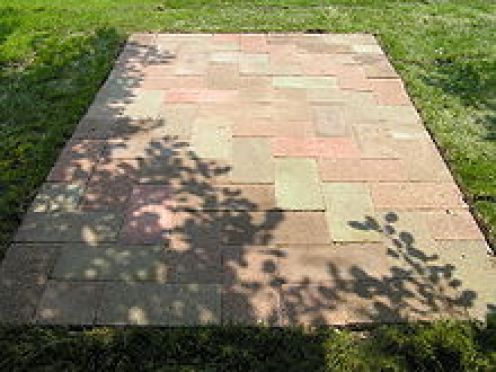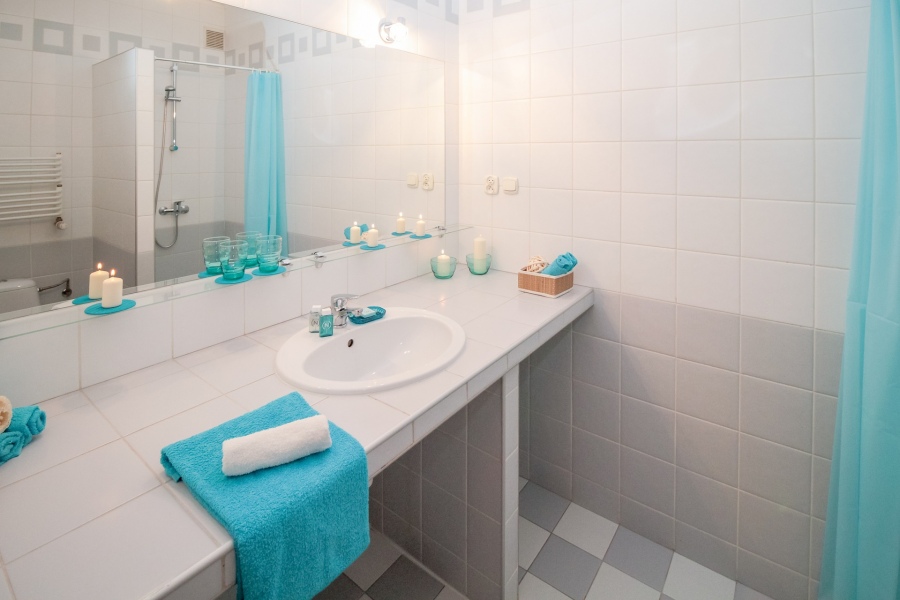The first step to maintaining your natural sandstone tiles is to use a sealer. A sealer helps to seal up all the pores of the stone which reduces the instances of moisture destroying the texture and look from the inside. It also help prevents stains from setting in the stone which can be near impossible to remove in the case of sandstone tiles. Since there are a number of sealers out there it is important that you’re familiar with the right types and then know how to maintain your tiles after the sealer has been applied.
Stone Sealer
There is a category of sandstone sealer which is often referred to as a natural sealer. This is a tested and tried weatherproof solvent type sealer which works great on both cement and natural stone tiles. The sealer happens to be extremely simple to use. The non-yellowing formulas in these sealers protects it from excessive staining, but not every natural sealer has this protection formula. Also the other benefit of natural sealers is that they impregnate the surface as well as seal it which enhances the color and ends up providing a great looking sheen. Since it is a breathable sealer it can easily be put on areas which have a hydrostatic pressure issue. These sealers are also much quicker to cure and dry as opposed to other types of sealers. For best results it is recommended that you read the directions on the bottle.
Power tips for applying natural Sandstone Tile Sealers:
- Refrain from using applicators like paint rollers since they cause bubbles to form.
- Always use a lint free cloth or a good applicator made from sheepskin.
- You shouldn’t apply the sealer when the floor is damp or not yet 100% dry.
- Allow for a 4 day setting period for recently laid down sandstone tiles prior to sealing.
- You should never dilute the sealer.
The Top Seal
This is a very durable surface sealer which is mainly meant to protect natural sandstone tiles from increasing wear and tear in addition to staining. Generally speaking the same top seal can be used on slate, terracotta, cement, natural stone, and vinyl too. The top seal is mostly used when there is a need to protect the tiles from trafficking, it’s easy to apply and ends up giving your tiles a glossy finish. It can easily be used for both exterior and interior application.
Power Tips for applying a top Seal:
- Refrain from using paint rollers because these often result in bubbles which ruins the finishing.
- Ideally you should use a paint pad, sheepskin applicator or lint free cloth to apply the top seal. There are some commercial top seals which come accompanied with an applicator.
- Never apply when the floor is damp or wet.
- Never apply a top coat when it’s very hot and in direct sunlight as it can ruin the top coat’s finishing.
- New tiles should be given 4 days prior to laying on the top coat.
- You should pre-seal only cement tiles.
Maintaining your sandstone Tiles during everyday use
We assume that all your sandstone tiles have been sealed as mentioned above with either of the two sealers. Once your tiles are sealed you are protected in 80% of the cases. However, even sealed tiles can end up getting stained and dirty depending on how they are used. Below are a few tips to ensure that they continue looking as good as new.
- Always place a plastic or rubber rug under wood or metal furniture. Since, furniture can often rub against the top coat and remove it this may spoil the tiles eventually. A rubber or plastic pad / mat prevents this from happening.
- Clean away alcohol and paint stains immediately.
- Acid spills can be particularly dangerous and destroy the top coat. When acid spills use some baking soda to neutralize it immediately prior to cleaning it up using blotting paper or paper napkins. Don’t try to wash the acid with water.
Expert sandstone tile sellers like Australia based Artmar recommends that people redo the top coat every few months. It is also recommended that for best results people hire an expert to apply the coat. This ends up saving you money in the long term.
Citations:
- How to Seal Sandstone Tile
Mark has been selling and working with sandstone tiles for decades. Over the years he has authored a number of articles and blog posts about laying down and maintaining sandstone tiles. His articles and even his latest books are what many people use when they need to find information regarding maintaining their tiles.





